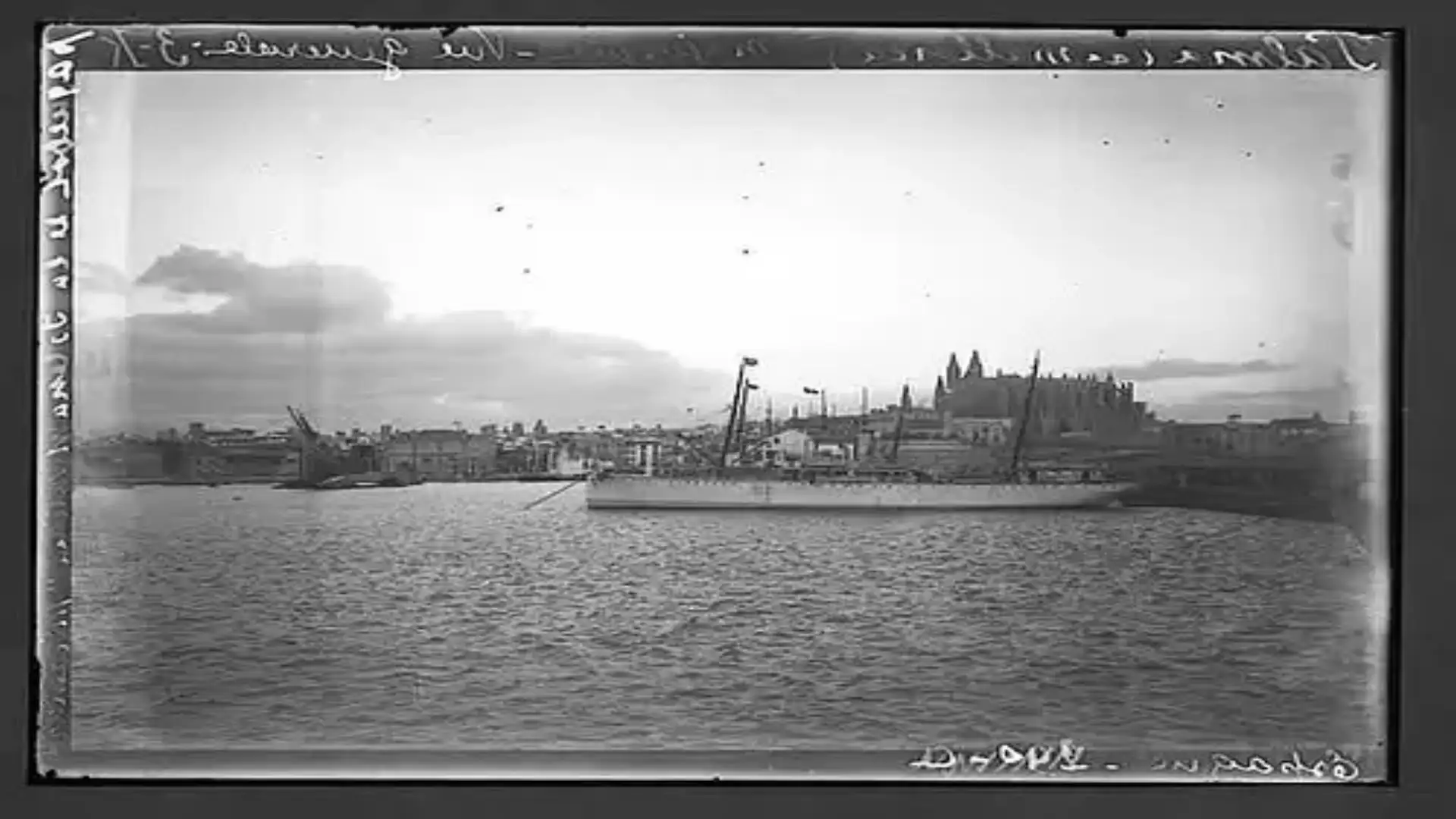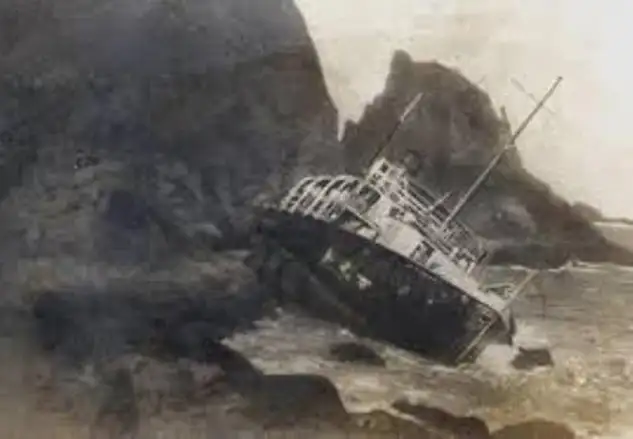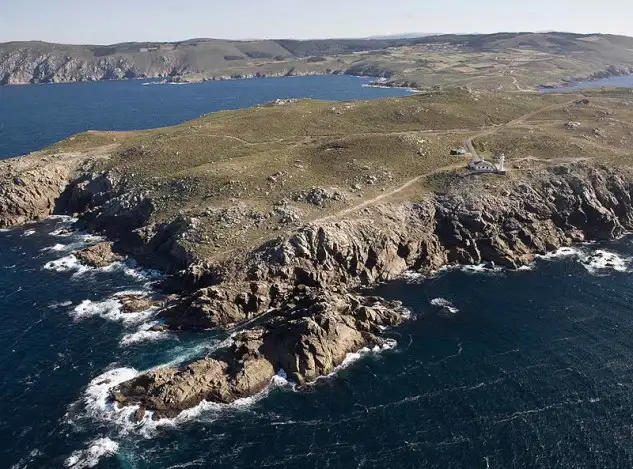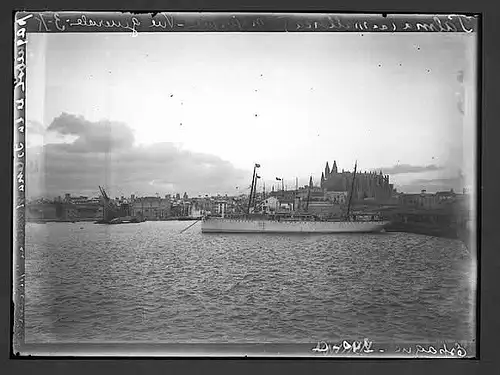
Some facts that link Baleares and Galicia.
Some facts that link Baleares and Galicia.
I have spent almost thirty years of my life in the Balearic Islands, most of them in Mallorca. I have recently returned to my city, La Coruña; of course, so many years in the Balearic Islands left their mark, and now, when some episodes of that time come to mind, I think that Galicia and the Balearic Islands have many points of coincidence.
In mind, the following are some of them, which may not be the most important, but which are significant, and, in my modest opinion, interesting. Here they go.
Baleares is the Spanish region where it first dawns, it is the first to see the light of the Sun, and it is in the Punta de l'Esperó, next to La Mola, on the island of Menorca, from where the first rays are seen, being its length 4º19 '40 "E, approximately. And Galicia is the region from which the Sun is last seen, with the exception of the Canary Islands. It is not the Cape Finisterre, as it is general belief since the time of the Romans, the point where the Earth ends, but a pharallion contiguous to Cape Toriñana (now Touriñan), which are located in length 9º18' 05" W, approximate; the headlights of Cape Finisterre that enter the Atlantic most are in 9º17 '50 "W, about, so Toriñana is just over a mile offshore.
In the 14th and 15th centuries there was a sea traffic of some importance between the Balearic Islands and Galicia; the ships that covered it brought to Galicia various products of the islands, such as oranges, cheeses and almonds, returning with wines and trunks of pine, chestnut and oak. The curious thing about the case is that in Galicia we have the famous cake of Santiago, whose main ingredient are almonds, and Galicia was never almonds land, as are the Balearic Islands, where is traditional the "gató d'ametlla" (almonds cake), clear origin of ours. Another point in common.
In the past centuries it was common for students from the Balearic Islands to study at the University of Santiago, Medicine and Pharmacy, mainly. Some of them did not return to their land, but once they had been licensed, they settled in Galicia, where they married and had offspring; their names as Alemany, Bordoy, Caldentey, Carrera, among others, corroborate it.
But the most dramatic meeting point is the one that has as protagonists the Mallorcan steam "Miramar," of the registration of Palma de Mallorca, and the marine population of Honey, next to Ortigueira and the Cape Ortegal, in the province of La Coruña. Near Honey, at a point on the coast called Los Aguilós, the said ship, carried by a tremendous storm of sea and wind, on the night of February 9, 1918, was shrouded. In view of the disaster by sailors and neighbors, they went to the rescue of their 27 crew members, saving 17; the remaining 10, including the Captain, were drowned and their remains were collected from the sea and buried in the local cemetery.
When the survivors were able to return to Palma, they made an offering to the Crist of the Sang of the Cape laid by a fisherman of Honey, at great risk of his life, from land to ship, which made it possible to rescue. The Cape remains in the chapel of Christ as a reminder of the shipwreck and of the help received by the survivors, who gave to the people of Honey the bell of the ship, being their risky action rewarded, years later, with the Collective Medal of Salvation of Naufragos.
In the area of Es Fortí, in Palma, there is a street identified as "Honey Village" on a marble plate. It was dedicated, a few years after the tragedy, by the City Council of the city as a reminder and thanks to the people of the town for their risky and courageous rescue action.

On February 10, 1918, the Palma press gave the lucidous news of the shipwreck in the early morning of the previous day in Galician waters of the "Miramar" steam, one of the most emblematic ships of the "Iscala Marítima," a shipping company that later merged with the "Compañía Transmeditaria," owned by the financial Joan March.
The citizens of Palma ignore these reasons, and wonder whether the name of the street refers to a village whose inhabitants may be very affectionate, so whenever I have had occasion, and without forgetting the special kindness of the people of Honey, I have told them the story that gives rise to the name of the street, ignored by all of them.
And now that I think about it, I think it would be very much to thank the current Mayor of Palma for putting a plate next to the street, reminding his citizens that in the far away Galicia, some brave and heroic inhabitants of Honey, men and women, saved the lives of seventeen baleares and took ten others into their cemetery.
Text: Antón Pelejero Fernández Roel
© 2024 Nautica Digital Europe - www.nauticadigital.eu













